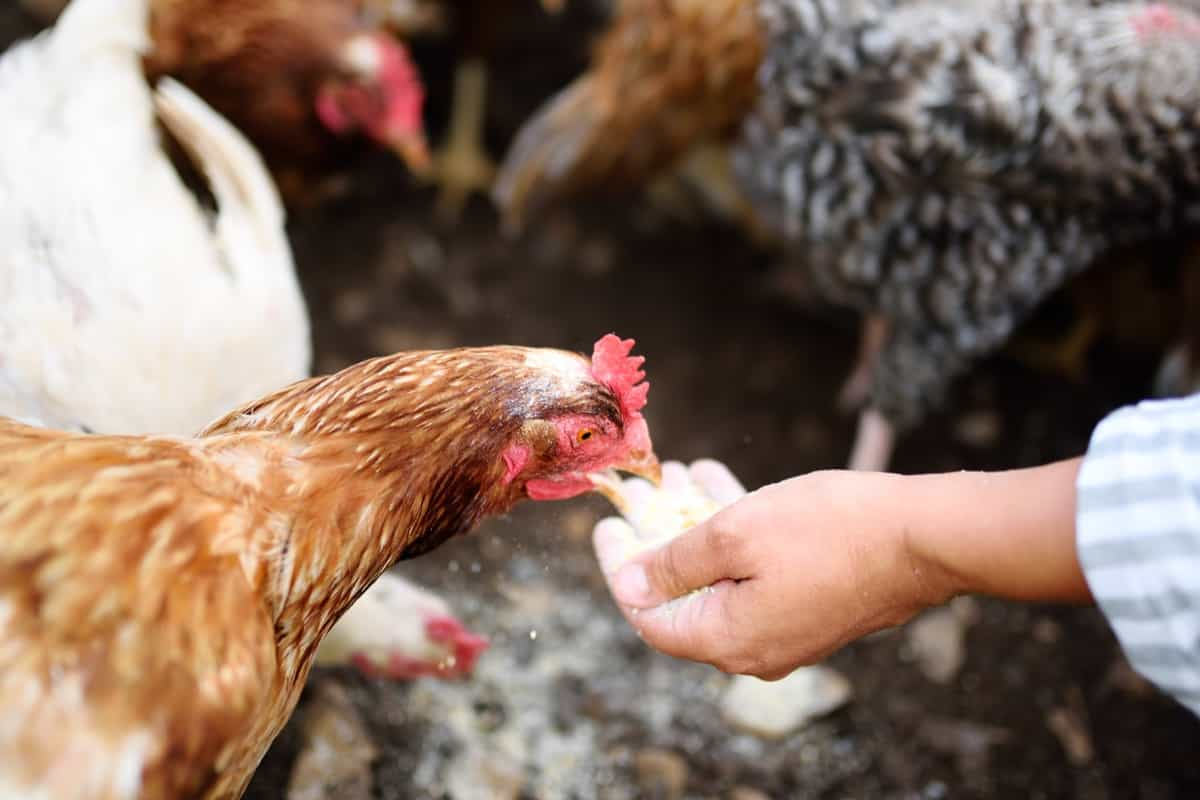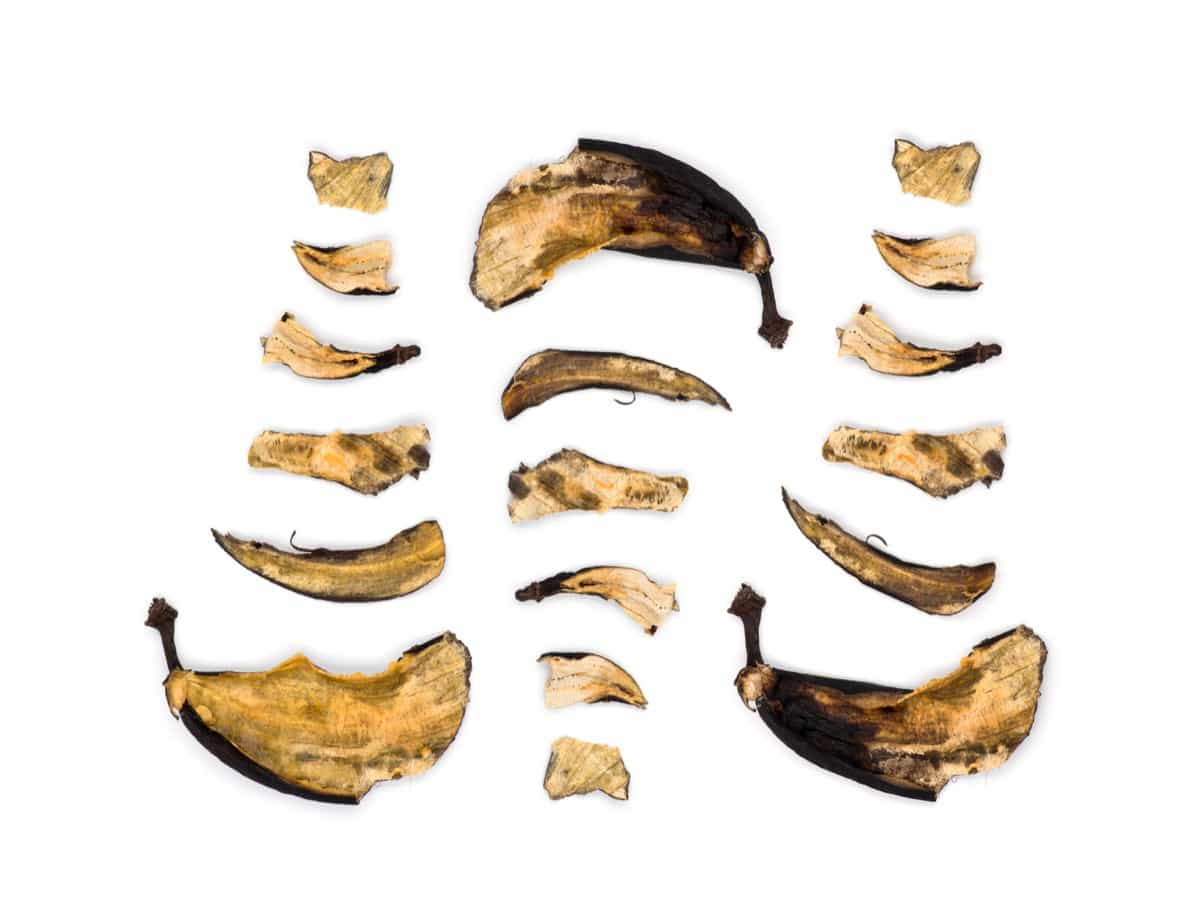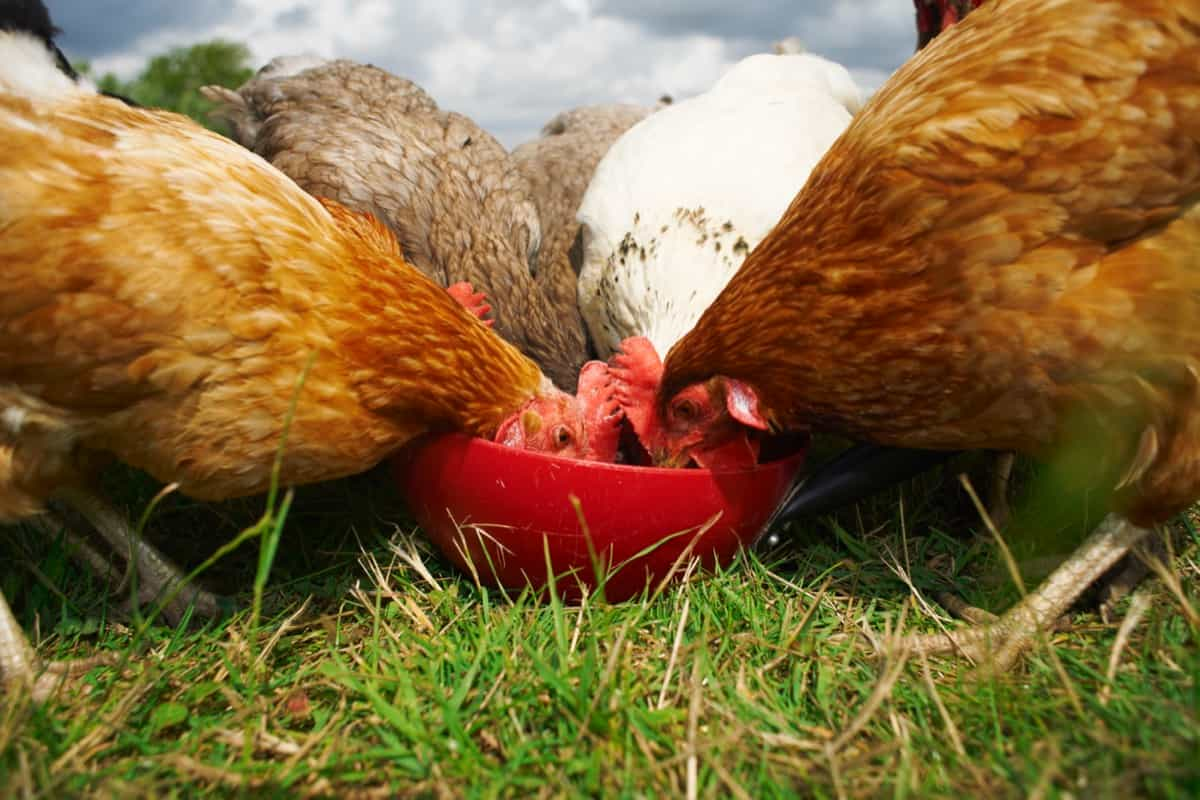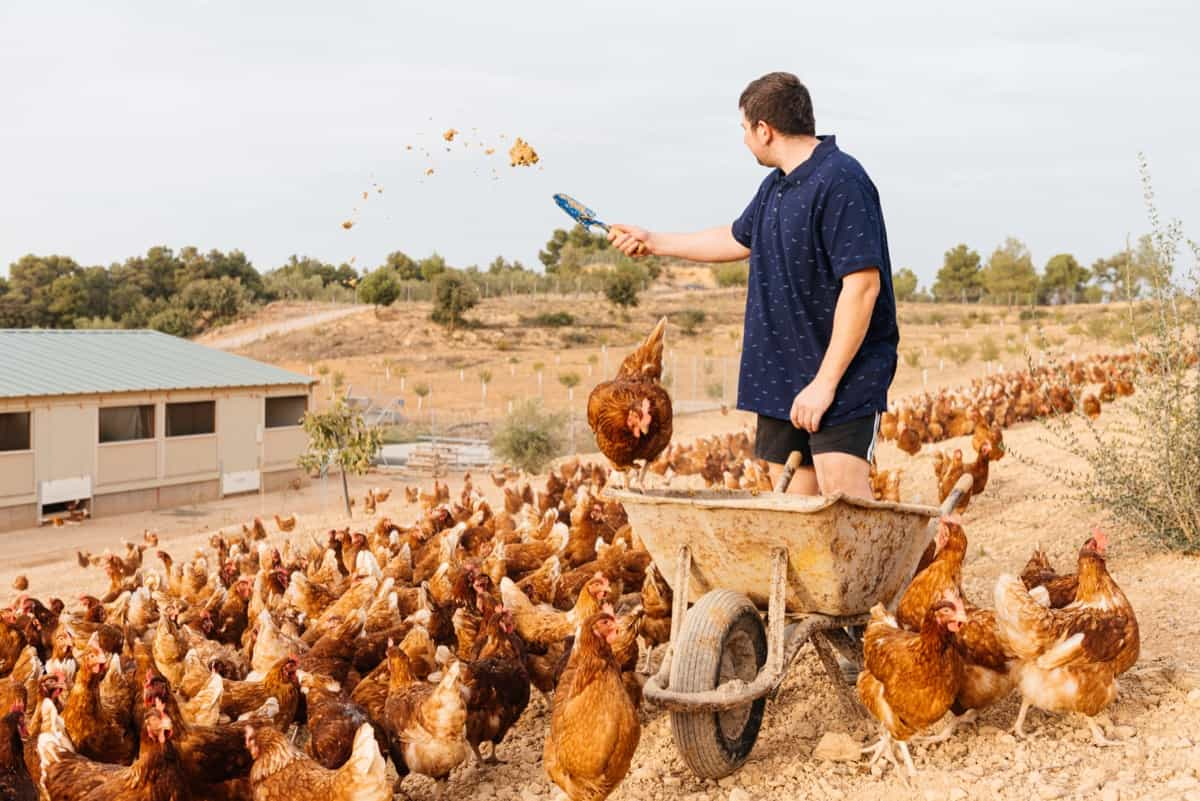Banana peels, often discarded as waste, hold great potential as animal feed, especially for poultry like chickens, turkeys, and ducks. Not only are they a cost-effective feed option, but they also boost the health and productivity of poultry. Fermenting banana peels enhances their nutritional value, making them a more palatable and digestible feed choice.

This article delves into the benefits and preparation process of fermented banana peels as chicken feed, addressing queries like whether chickens can eat banana peels, can ducks and turkeys also benefit from them, and how they compare to other feeds such as orange peels.
Benefits of Fermented Banana Peel for Chickens
Fermented banana peels offer numerous benefits as chicken feed. They are rich in essential nutrients, aiding in the overall health and growth of chickens. Fermentation increases the bioavailability of these nutrients, making them easier for chickens to digest. This type of feed is particularly beneficial for backyard poultry farmers who are exploring sustainable, cost-effective feeding options. Moreover, fermented banana peels can be a healthy alternative for chickens, turkeys, ducks, and even goats, supporting a diversified diet and promoting gut health.
Preparing Fermented Banana Peel for Chicken Feed
The process of preparing fermented banana peel for chicken feed is straightforward and environmentally friendly. It involves collecting banana peels, cutting them into small pieces for easier consumption, and fermenting them in a clean container with water. This fermentation process usually takes several days, during which beneficial microorganisms break down the peels, making them softer and more digestible for chickens. It’s important to ensure that the fermentation is done under hygienic conditions to prevent the growth of harmful bacteria.
Incorporating Fermented Banana Peel into Chicken Feed
Incorporating fermented banana peel into chicken feed requires careful consideration of the birds’ dietary needs. It’s advisable to mix the fermented peels with their regular feed in a balanced ratio. This not only enriches the nutrient content of the feed but also introduces variety into the chickens’ diet, which can improve feed intake and overall health. Regular monitoring of the chickens’ response to this new feed is crucial to ensure it suits their dietary requirements and does not cause any adverse effects.
The Role of Fermentation in Enhancing Nutrient Availability
Fermentation plays a pivotal role in enhancing the nutrient availability in banana peels, making them a more beneficial feed option for chickens. Through fermentation, complex carbohydrates and proteins in the peels are broken down into simpler forms, which are easier for chickens to digest. This process also increases the levels of beneficial bacteria and enzymes, contributing to better gut health in poultry. Fermented banana peels thus provide a nutrient-rich, easily digestible feed supplement for chickens.
In case you missed it: Cost of Drip Irrigation Per Acre for Banana Plantation: Exploring Installation Costs Along with Subsidy

Comparing Fermented Banana Peel to Commercial Chicken Feed
When comparing fermented banana peel to commercial chicken feed, several advantages emerge. Fermented banana peels are a natural and cost-effective alternative, offering a range of nutrients without the need for synthetic additives. They are also an eco-friendly option, reducing food waste and utilizing resources that would otherwise be discarded. While commercial feeds are scientifically formulated for optimal growth, fermented banana peels offer a more sustainable and holistic approach to poultry feeding, promoting natural growth and health.
Health Benefits of Fermented Banana Peel for Chickens
The health benefits of fermented banana peel for chickens are significant. These peels aid in improving digestion, enhancing nutrient absorption, and boosting the immune system. The fermentation process generates probiotics, which are beneficial for gut health, leading to better feed conversion and overall well-being of the poultry.
Additionally, the natural nutrients in banana peels can contribute to healthier skin and feathers, along with improved egg production in laying hens. Incorporating fermented banana peels into the diet of chickens, therefore, not only fulfills their nutritional requirements but also enhances their health and productivity.
Potential Risks and Precautions When Using Fermented Banana Peel
While fermented banana peel is a nutritious feed option for chickens, it’s crucial to be aware of potential risks and take necessary precautions. The key risk involves the growth of harmful bacteria or mold during fermentation, which can be toxic to chickens. To mitigate this, ensure the peels are fermented in a clean, controlled environment and regularly check for any signs of spoilage.
In case you missed it: Best Intercrops for Banana Plantations: Exploring Benefits of Intercropping in Banana Orchards

It’s also important to introduce fermented peels gradually into the chickens’ diet to monitor their reaction and avoid digestive upset. Overfeeding can lead to nutritional imbalances, so it’s vital to maintain a balanced diet. With these precautions in consideration, incorporating fermented banana peels into poultry feed can be a secure and advantageous choice.
Sourcing and Storing Banana Peels for Fermentation
The quality of fermented banana peel feed largely depends on the sourcing and storing of the peels. Ideally, source banana peels from organic sources to avoid pesticide residues. If using peels from conventional bananas, washing them thoroughly is essential. After gathering them, keep the peels in a cool, dry location, shielded from direct sunlight to avoid early deterioration.
For larger-scale operations, consider establishing a regular supply chain of banana peels from local markets or grocers. Effective storage is essential to maintain the quality of the peels prior to fermentation, thereby optimizing their nutritional value for the chickens.
Monitoring and Adjusting the Fermentation Process
Effective monitoring and adjusting of the fermentation process are essential for producing high-quality chicken feed. This involves regularly checking the pH levels, temperature, and odor of the fermenting banana peels. The ideal pH level should be slightly acidic, which indicates a successful fermentation process.
In case you missed it: Common Mistakes to Avoid in Banana Farming: A Guide for First-Time Banana Farmers

If the mixture shows signs of mold or an unpleasant odor, it’s an indication that the fermentation has gone wrong, and the batch should be discarded. Adjustments such as altering the fermentation time, temperature, or water content might be needed based on these observations. Proper monitoring ensures that the final product is safe and nutritious for the chickens.
Conclusion
Incorporating fermented banana peels into chicken feed is an innovative and sustainable approach that offers nutritional benefits and promotes eco-friendly practices. However, it requires careful sourcing, preparation, and monitoring to ensure safety and efficacy. By understanding and addressing the potential risks, farmers can effectively utilize this natural resource, contributing to healthier poultry and a more sustainable farming environment.
- Feed Your Flock for Less: Top 10 Tips to Save on Chicken Feed
- Ultimate Guide to Ossabaw Island Hog: Breeding, Raising, Diet, and Care
- Hatching Answers: The Top 10 Reasons Your Chickens Aren’t Laying Eggs
- Eggs and Economics: Breaking Down the Cost of Raising Backyard Chickens
- Defend Your Greens: Proven Methods to Keep Iguanas Out of Your Garden
- Ultimate Guide to Cinnamon Queen Chicken: A Comprehensive Guide for Beginners
- Ultimate Guide to California Tan Chicken: Breeding, Raising, Diet, Egg-Production and Care
- Ultimate Guide to Marsh Daisy Chicken: Breeding, Raising, Diet, and Care
- 10 Types of Chicken Farming Businesses You Can Start for Profits